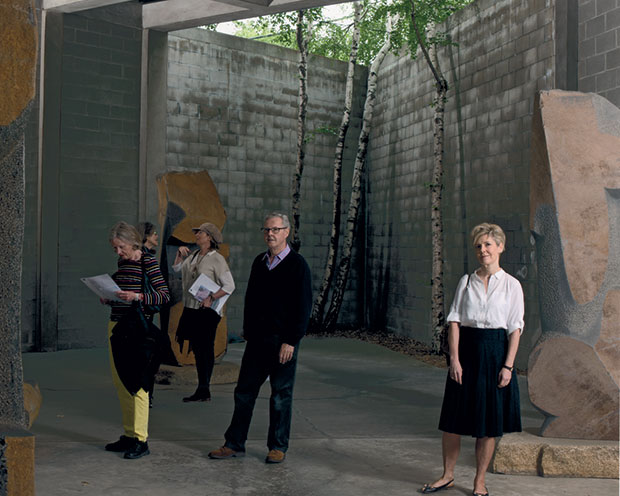
Tina Barney on shooting at the Noguchi Museum
The photographer spent 18 months at the museum but when she saw what she wanted - "it was like a bullet!"
The American photographer Tina Barney has become known for her large scale, highly detailed, colour portraits of family and close friends, many of them the well-to-do elite of America’s East Coast. In in both candid and tableau format projects such as The Europeans and Players she explores a directorial mode of making pictures, asking her subjects to repeat certain gestures, lighting them in a particular way or posing them to give an unexpectedly intimate portrait focusing on personal connection, disconnection, heritage and self-presentation.
She was introduced to photography by her grandfather when she was a child and studied art history at Spence, in Manhattan and in Italy. Her work is in big institutions worldwide including MoMA, Yale University art Gallery, Museum of Fine Arts Houston and the George Eastman House in Rochester, New York.
With fellow American photographer Stephen Shore, whom she reveres, Barney has shot images of the Noguchi Museum and its visitors for a new Phaidon book, The Noguchi Museum: A Portrait.
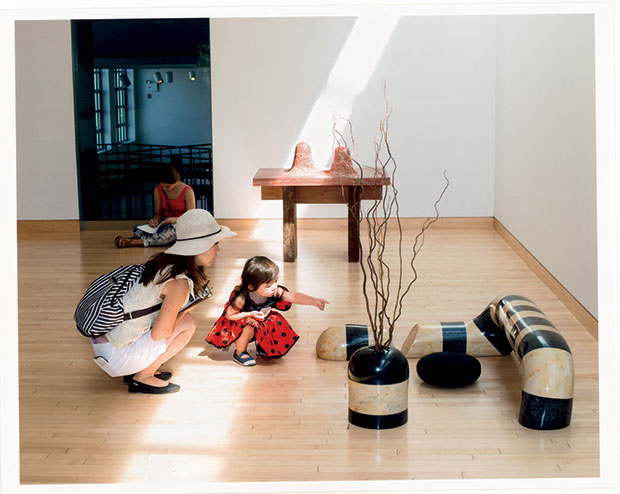
You can read our introduction to the book here and over the coming weeks we’ll be bringing you instalments from an interview we recently did with Barney. In today’s instalment she reveals her modus operandi over the 18 months she worked on the project.
"Luckily the museum is small and intimate and that was wonderful. Surprisingly I had a great amount of freedom. It felt like I was walking into my own house or a house I knew quite well - quite personal and private.
"I have a lot of equipment and I use two assistants and a lot of power sun packs and umbrellas and lights. But the staff was wonderful and we were able to just move around very quickly with that big amount of equipment.
"I would just wait for people to come into the museum. There are a wonderful variety of visitors. It’s not on the regular map of what most people would do so you will get an unusual kind of visitor, sophisticated, curious, an individual kind of mind.”
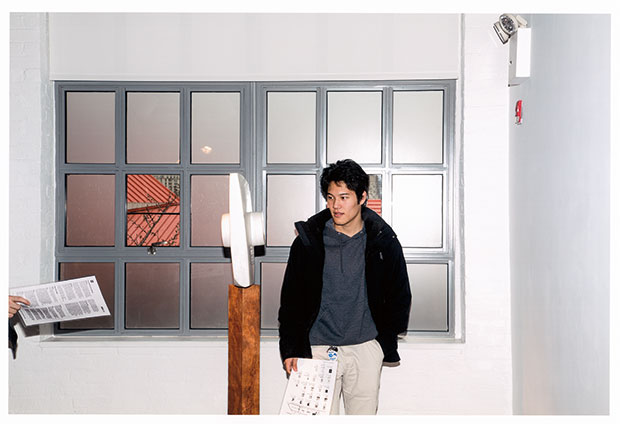
"I think it’s because people trek to that place. It’s really off the beaten path and the museum is very small and a lot of people could get there and say, wait a minute, is this all there is? So I think it gets a special kind of visitor. Maybe they are more peaceful, maybe they are more Zen! It would be nice to think that. They were really easygoing people. I get turned down so many times. It’s become more and more difficult to take a stranger’s photograph and believe me this place was much easier. It really wasn’t too much of a struggle.”
We wondered after shooting so long – Barney spent 18 months in the museum in total – whether she began to discern patterns of visitor behaviour and could predict certain movement in the way that say Joel Meyerowitz would when shadowing his human photographic prey down Fifth Avenue.
No I don’t do that. I think what is more important to me is the formal parts of the picture, the structure and composition. People can be doing something interesting but if there’s not an interesting composition then the picture is not going to be lasting. So there’s a huge amount of chance that’s involved - everything happening at the right time.
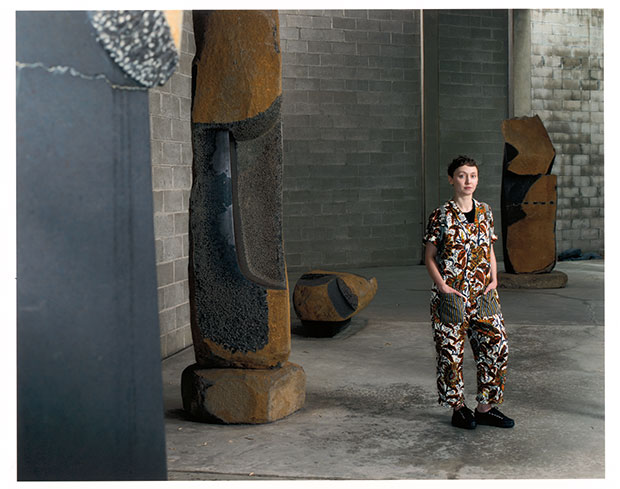
"It’s a juggling act because there’s only so much I can control and I had to do it very quickly. That’s why I have to go back many times because there’s a real hit and miss thing going on. People don’t realize it takes me a year to take one good picture. They think I go in every time and get a winner. But it doesn’t happen like that.”
To make an interesting photograph has primarily to do with the structure, the composition, the scale the space the light the texture and the human figure within that space.”
The Noguchi Museum features a number of such examples. One of them, a photograph of an Asian woman against a tree, is arresting, the flash making her look almost as if she is made of plastic . . .
“It’s very unreal looking. You know what it looks like? Almost as if it’s collage. These are the things that interest me, the photographic phenomena that happened. I’m not going to say she looks like a piece of sculpture because that’s really too easy, but there’s something strange going on.
There’s also a lovely photo of a man next to an old rock - both look beautifully fossilized in their own photogenic way. “Yeah! and that can be very clichéd so there’s a fine line between isn’t this funny and not. And also the place is very sparse and that can be difficult too. So that’s basically what’s going on in my mind.
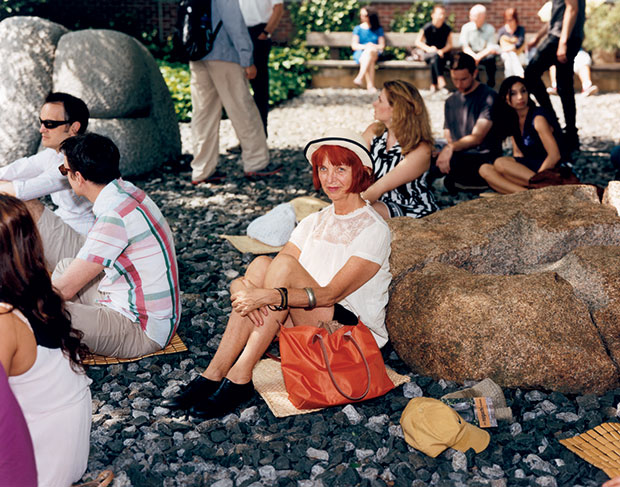
"I have a couple of pictures of people sitting on pebbles because they were looking at a concert. And I thought that was very strange that people are sitting on this incredibly uncomfortable surface. But those pebbles are very much a part of the museum and the way the museum looks. There’s one picture of a red headed woman with a straw hat that I absolutely love.”
"Rarely do you get a terrific subject like that, which is why it takes going back ten million times. I’ve done country fairs where there are 30,000 people and my assistants will say how do you know what you like, what you want? And I always say, I have no idea; it’s just like a bullet, a blank situation. It’s usually that there is something strange that is inexplicable.”
Check back soon for more from Tina Barney. And if you’d like to pre-order The Noguchi Museum: A Portrait you can do that here.